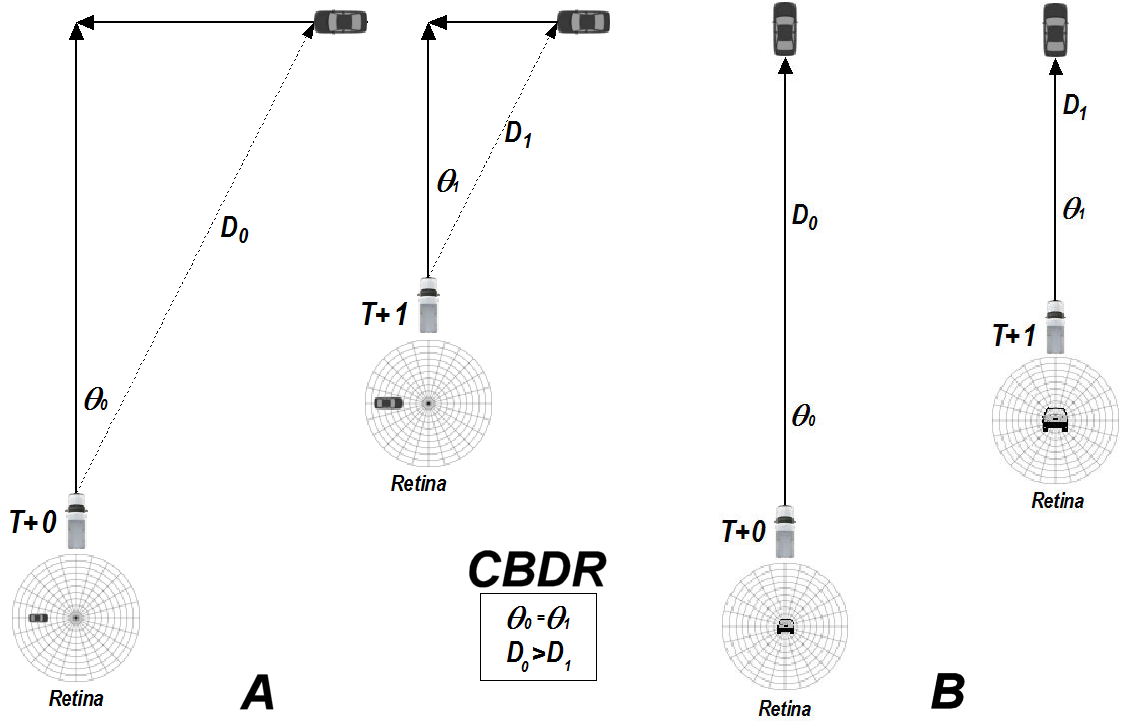Survival Tips
Knowledge comes from experience. Few will argue that. If safety on the road comes from experience, does that mean you’re in for a rough time if you’re new to driving or riding on the road? Absolutely not. Those who fall into the “experienced” category often have some of the worst bad habits. Ones that are nearly impossible to break. I avoid those types like the plague, be it in a car or on a group ride. So here are a few things I've picked up I think are worth sharing for drivers and cyclists out on the road.
Mirrors
In a car, your mirrors are your best friend. But many driver’s treat them like an after thought. Poorly adjusted ones will reflect a following car’s headlights straight into your eyes and also limit your field of view. I adjust mine outward so I cannot see the body of my car while looking at them from the driver’s seat. You should not be able to see a car following you on a straight road in them. On most roads and highways you’ll see the lane marking lines with ease and decrease, if not eliminate any blind spots. The added bonus of all of this is that you won’t have a following car’s headlight blinding you at night.

Watch the Wheels
Let’s face it, just about everyone treats an intersection like there's only a yield sign. Is that car going to try and cut out in front of you? Unless you’re clairvoyant, you’re trusting that everyone’s judgement of space and time is basically the same. If you’re moving at a fair clip towards a car that is in a position to pull out in front of you, it’s hard to judge if they are actually in motion or not. That is, unless you’re looking at their wheels instead of the body of their car. If a car’s wheels are rotating, the car is moving. Plain and simple. If a car is about to make a left, across your direction of travel, you’ll notice their wheels rotate much sooner than you notice the car move forward. It’s a phenomena related to one sailors deal with called Constant Bearing, Decreasing Range. Watching a car’s wheels will signal their intentions to you much quicker and save you from an accident. Trust me.

Size Matters
Since we’ve conquered the topics of mirrors and range, let’s put two and two together. Sideview mirrors and the roof support pillars have gotten larger and larger with each passing year. Nobody wants their roof to cave in during a rollover and everyone loves some extra visibility, so this isn’t a bad thing. Cars have also, for better or worse, gotten a taller stance. These factors coupled with the Constant Bearing, Decreasing Range phenomena, allow just about anything to hide in front of your sideview mirror and leave you on a collision course. Cars, motorcycles, pedestrians, cyclists, dogs…literally everything on the road at just the right range…has been concealed by this blind spot in every post Y2K car I’ve driven. It can be particularly vicious in SUV’s, Crossovers, and Pick-ups. So roughly 90% of cars registered in the United States. There’s no way to cure this blind spot other than to be aware of it. It's an optical illusion kill. For my money, this one is more important than the classic blind spots in the back of your car that you cannot see without turning your head.


Keep Your Foot Up!
I had a cycling epiphany many years ago that is worth sharing. To an alarming number of drivers, a cyclist putting a foot down in traffic is equivalent to parking. At an intersection, a driver will see a cyclist’s foot on the ground and assume that they’re not going anywhere. They’ll check the rest of their surroundings, forget the cyclist had the right of way, and drive away. If you’re unlucky they’ll drive right into you. However if a cyclist is able to come to a complete stop without putting a foot down, it satisfies the law and keeps drivers in traffic near you honest. In my experience, most drivers will just wave you through an intersection because they’re nice people who realize that you’ll be half way through the intersection before they can release their brake. So learn to trackstand and practice it often. It’s an essential skill.
Keep your eyes peeled while out on the road! It rarely hurts to scan the road two or three times before you commit to any decision. Giving yourself an extra second, coupled with these tips, can save a life.


Comments ()